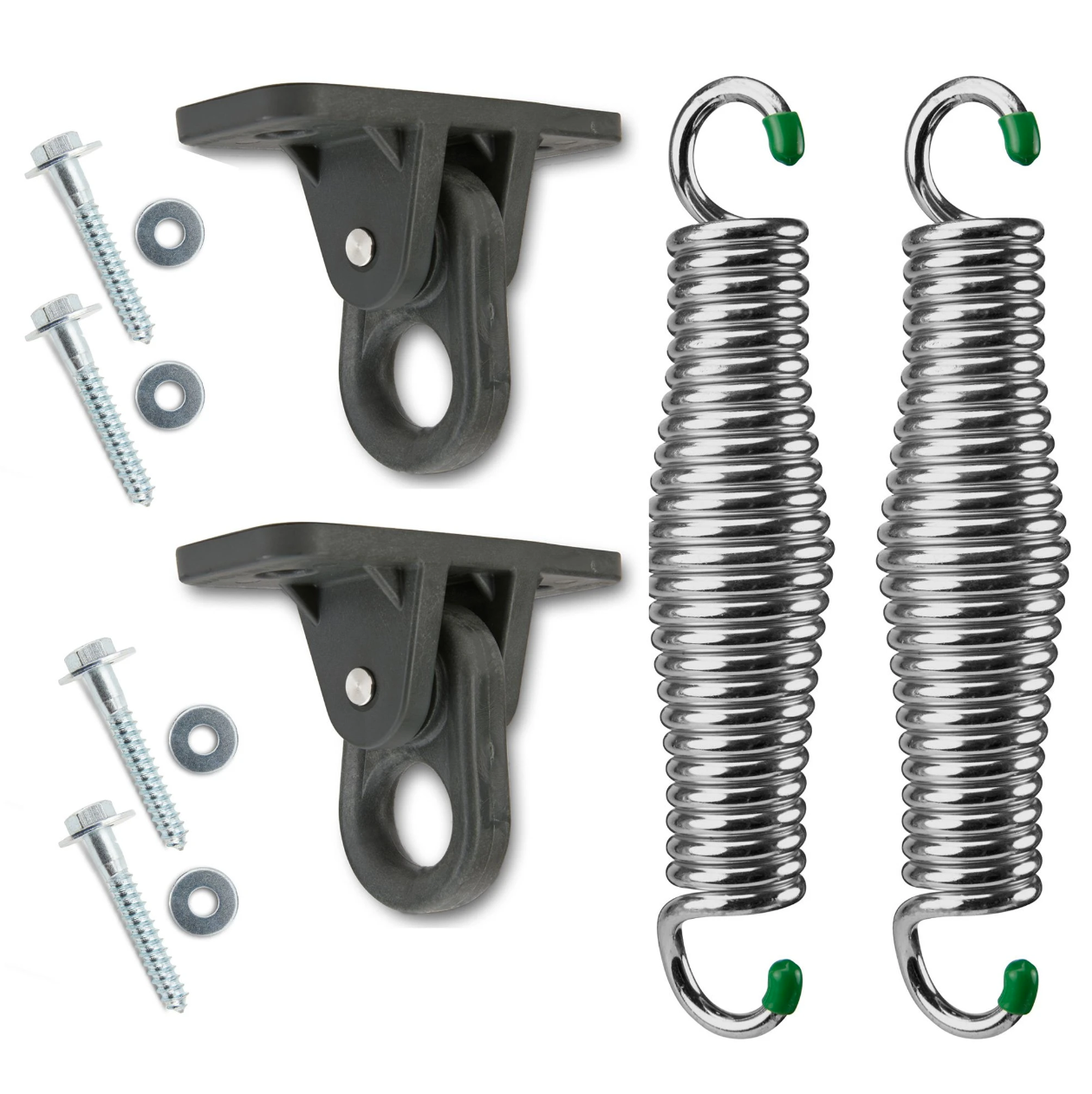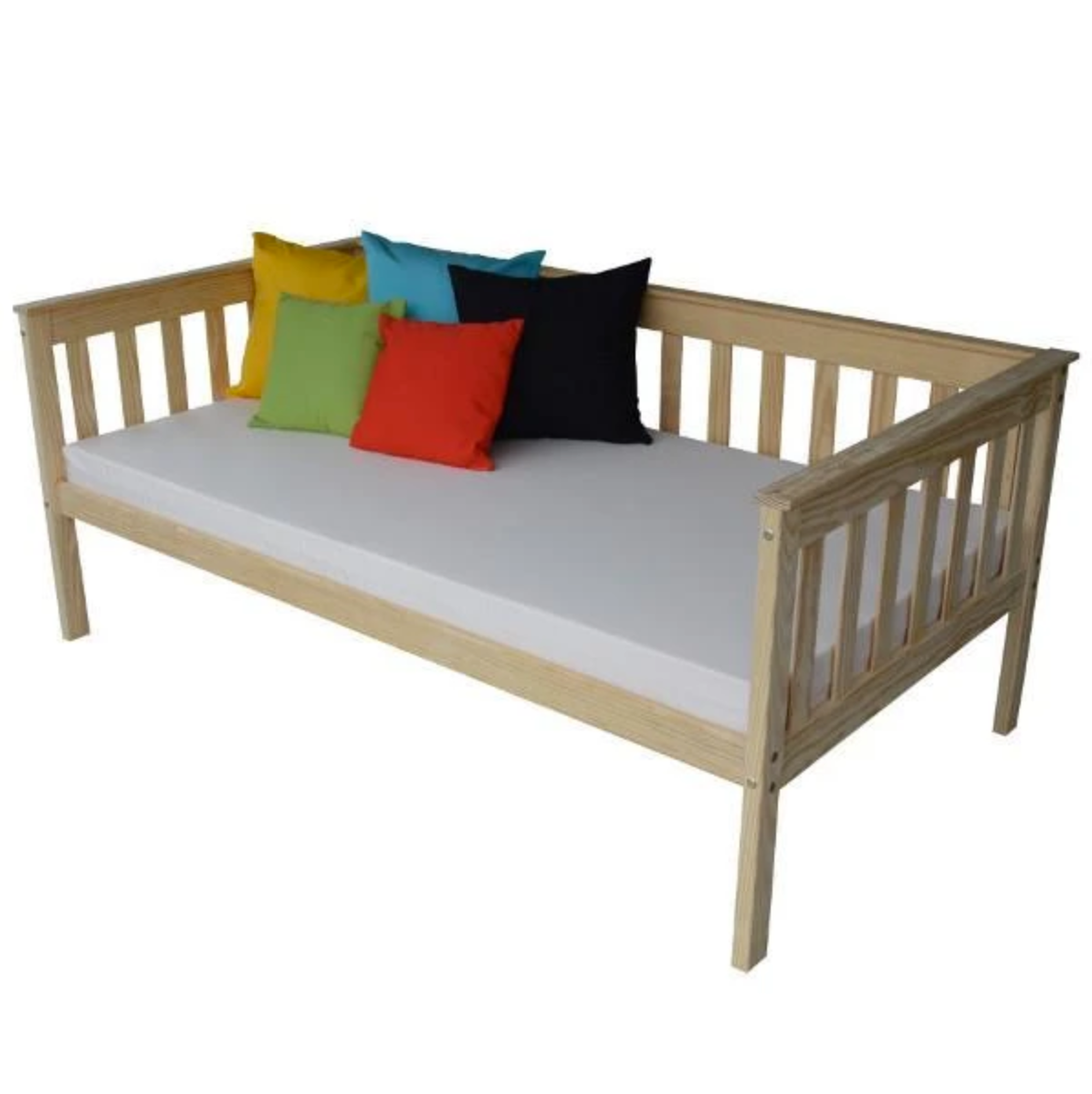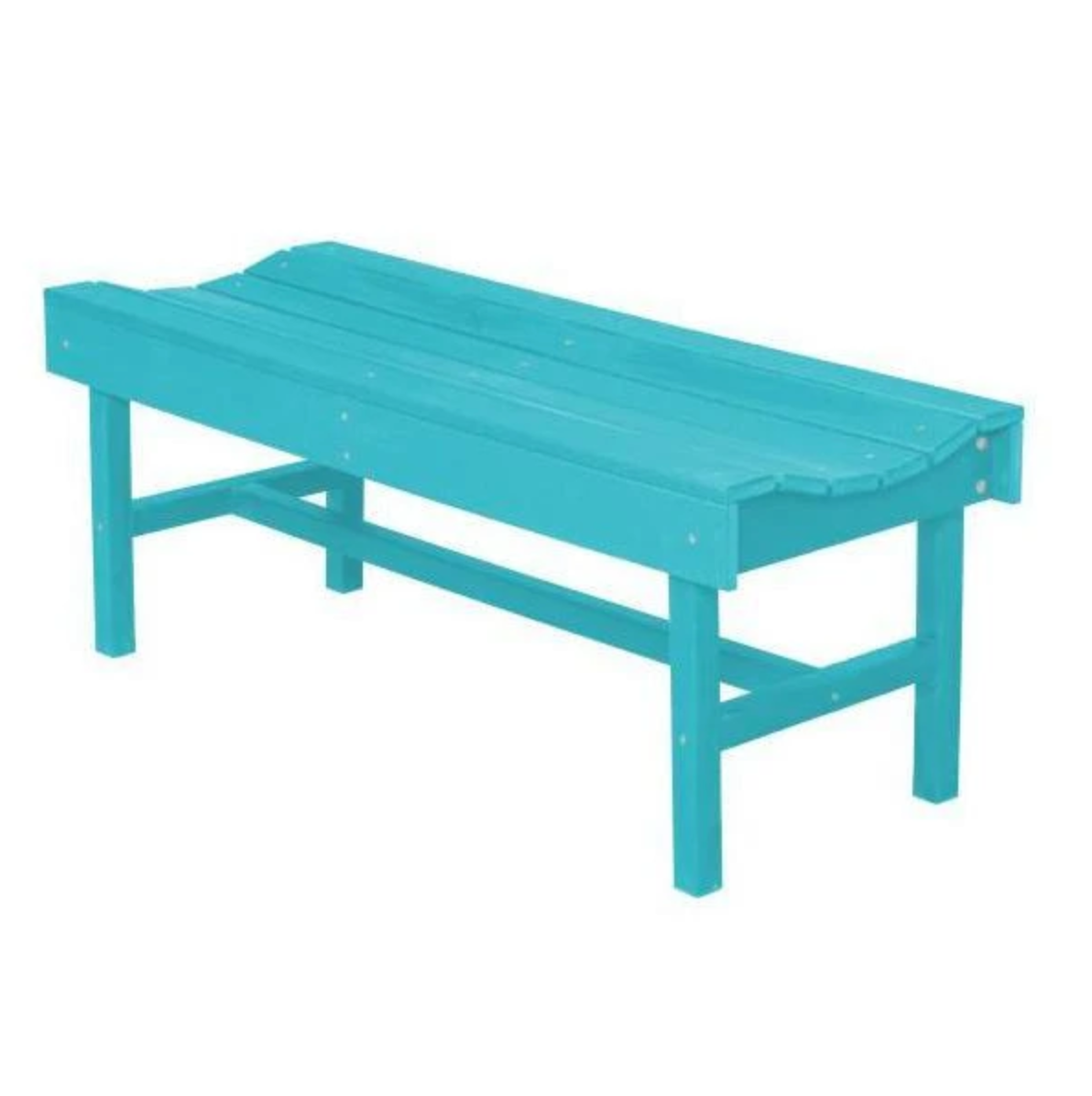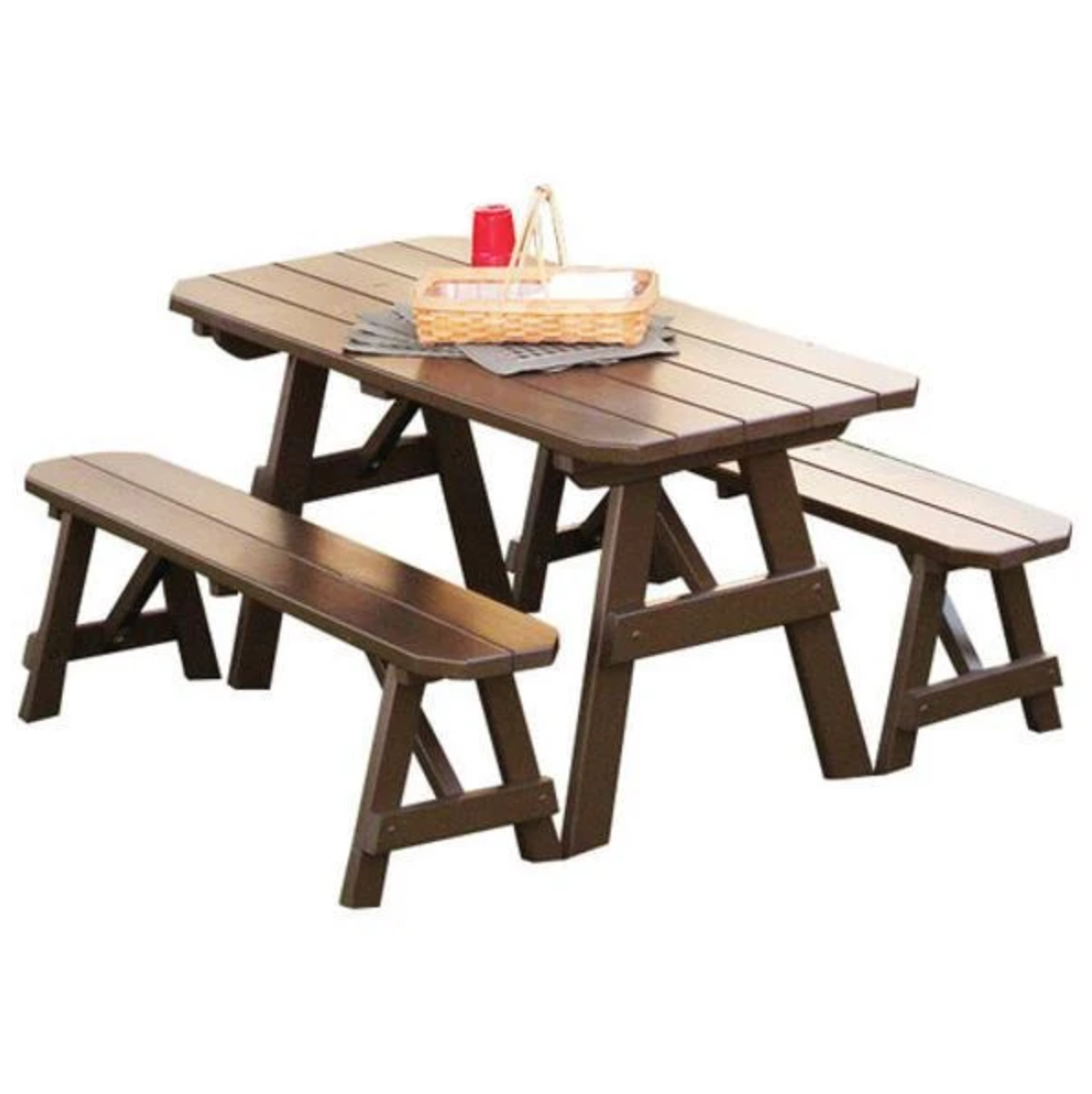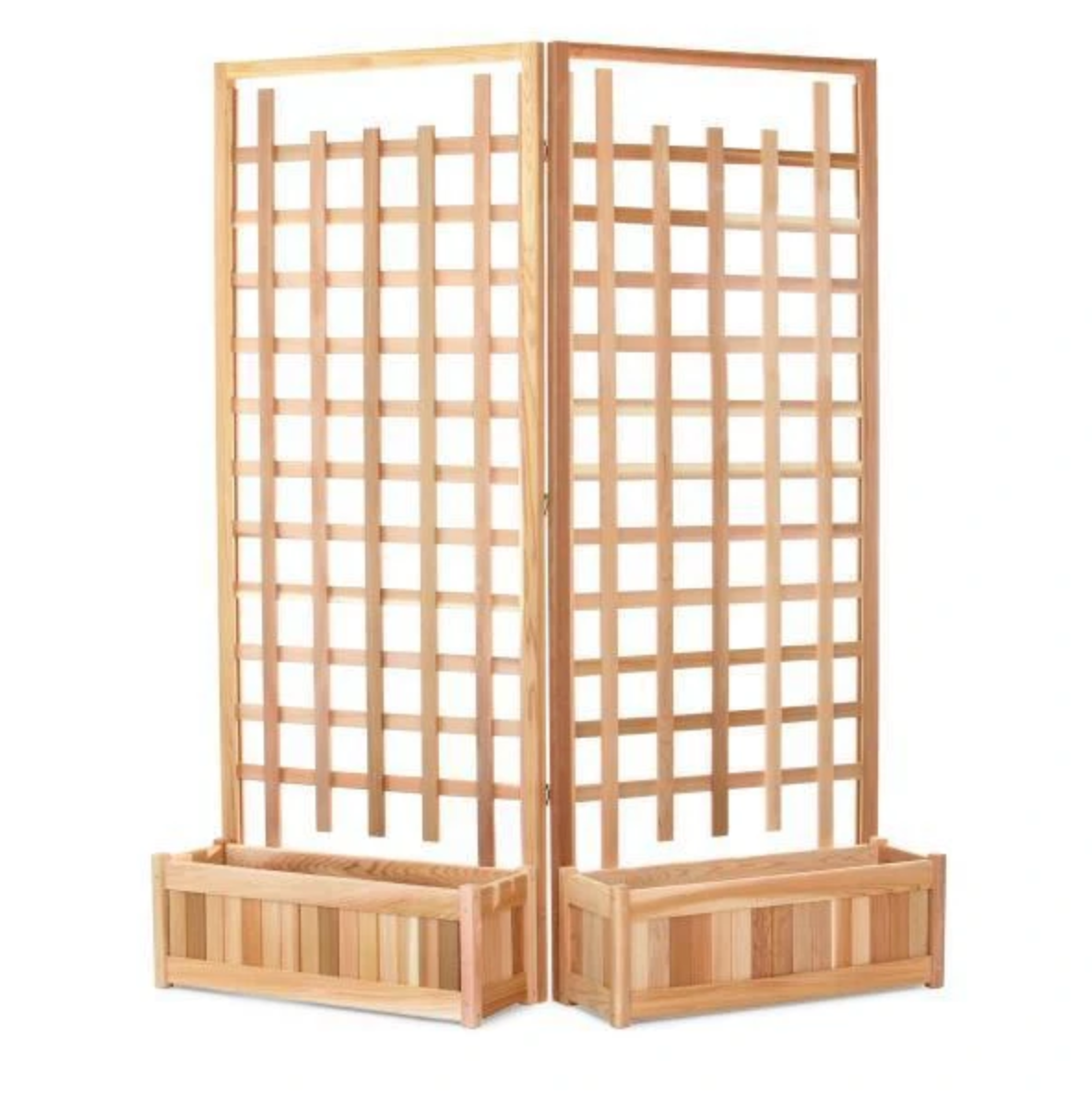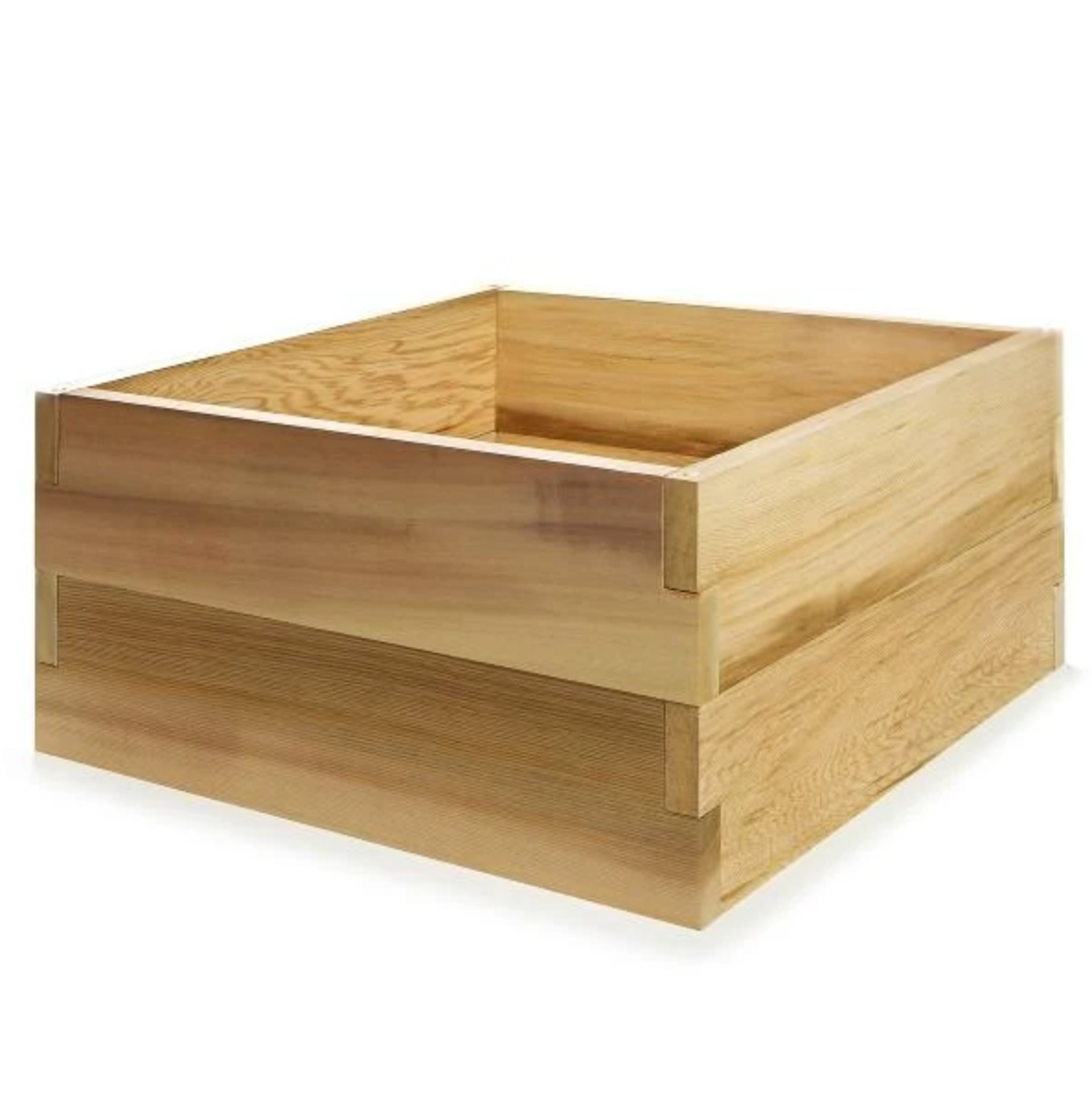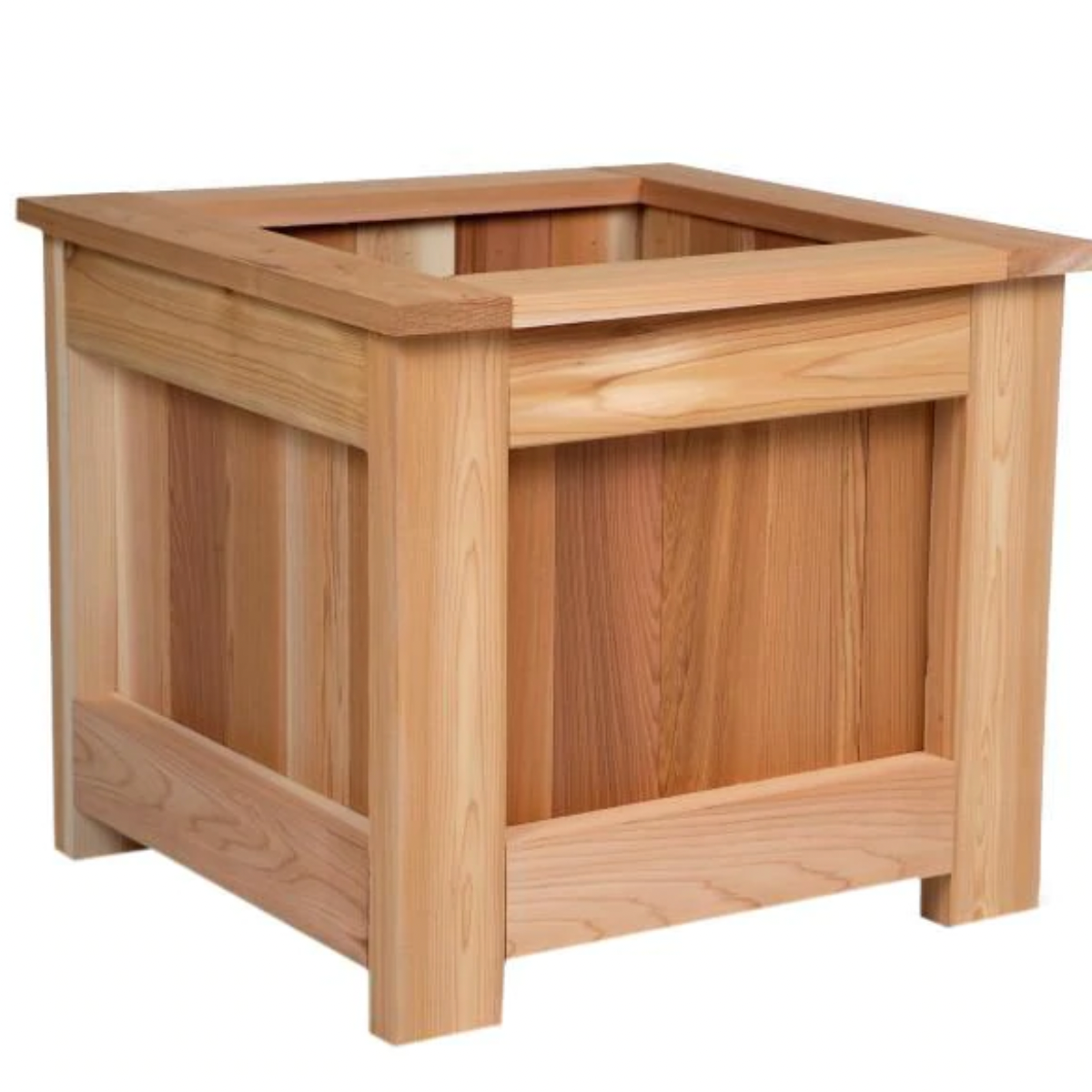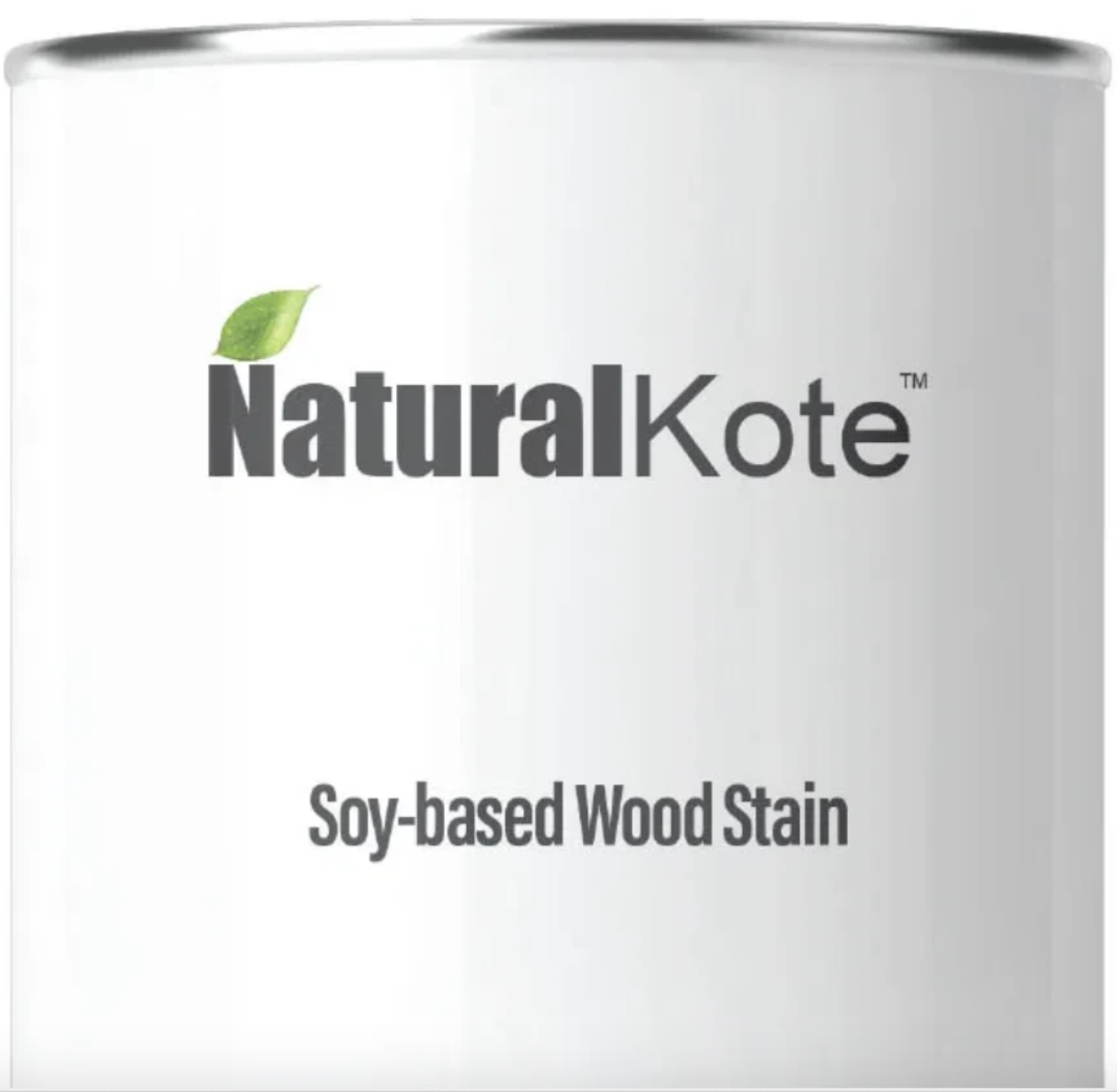Your Cart is Empty
FREE SHIPPING ON EVERY ORDER
Menu

FREE SHIPPING ON EVERY ORDER
Swings
Benches
Tables & Chairs
Home & Garden
The Beauty and Function of a Well-Built Roof
A roof serves more than just the practical purpose of protecting a building from the elements. It is an important architectural feature that contributes to the aesthetic appeal and character of a home or commercial establishment. A well-built roof enhances the structure's beauty while ensuring durability and functionality. Homeowners and builders alike recognize the importance of selecting the appropriate roofing system to strike a balance between form and function. This article delves into the various aspects that make roofs a significant component of construction, focusing on design, materials, and installation.

The Role of a Roof in Architecture
The architecture of a building often reflects the style and preferences of its occupants, and the roof plays a pivotal role in that expression. Roof designs can range from traditional gable and hip styles to more modern flat roofs and intricate shapes.
Each style can significantly influence a home's look while providing unique benefits. Gabled roofs are efficient in shedding rain and snow, while flat roofs offer usable outdoor space.
Architectural trends continue to evolve, and today, roofs are instrumental in enhancing energy efficiency. Innovative designs often include features such as solar panels, green roofs, or skylights, maximizing energy capture or providing natural light. The combination of aesthetic appeal and environmental consideration makes these features important to contemporary construction.
Choosing the Right Roofing Options
Understanding the materials available for roofing is critical for homeowners and builders. The choice of roofing material affects durability, maintenance, energy efficiency, and appearance.
Common options include asphalt shingles, metal roofing, tile, and slate. Each material offers unique advantages. Asphalt shingles, for example, are cost-effective and easy to install, making them a popular choice for residential buildings. Metal roofing is long-lasting and energy-efficient, but may come with a higher upfront cost.
Tile and slate roofs, although more expensive, offer exceptional durability and can enhance the aesthetic appeal of a home. Homeowners should evaluate climate, architectural style, and budget when selecting materials. Finding a balance that fulfills both aesthetic and functional qualities is crucial to ensuring a roof's longevity.
Installation and Maintenance
Even the finest roofing materials will perform poorly if not installed correctly. Professional installation is important to achieve the best results, suggest these Willowbrook contractors, as improper techniques can lead to leaks and additional repair costs down the line. Homeowners often look to local experts who understand the intricacies of roofing systems, local codes, and best practices.
Regular maintenance of roofs can extend their lifespan and prevent unforeseen issues. Many homeowners overlook the importance of routine inspections, which can identify problems like damaged shingles, buildup of debris, or deterioration.
Scheduling inspections in spring and fall ensures that roofs are in optimal condition to withstand seasonal weather changes and prolong their life. Engaging experienced professionals helps guarantee that everything is correctly aligned and waterproofed.
The Importance of Roof Ventilation
Effective roof ventilation is another crucial aspect of roofing that significantly affects the performance of a home. Proper ventilation helps regulate temperature and moisture levels within the attic and prevents heat buildup during hotter months, which can lead to higher energy bills.
Adequate airflow through vents minimizes the risk of ice dams in winter, which are caused by trapped moisture that freezes and wreaks havoc on roofing materials. Homeowners can choose between several ventilation systems, including ridge vents, soffit vents, and gable vents.
The right combination will depend on specific home designs and local climate conditions. Consulting with roofing professionals can help ensure that the ventilation system is tailored to meet the specific needs of a building.
Energy Efficiency and Green Roofs
As sustainability becomes a key aspect of modern construction, the energy efficiency of roofing systems is more important than ever. Homeowners are increasingly considering options that promote eco-friendliness, such as green roofs. These roofs consist of living plants that capture rainwater and improve air quality, and they are an excellent choice for urban areas, where vegetation can be scarce.
Reflective roofing materials can help minimize heat absorption, resulting in a cooler home and reduced energy costs. The choice of colors and materials can significantly impact a structure's energy performance.
Lighter roofing shades reflect more sunlight, making them an attractive option for warmer climates. Investing in energy-efficient roofing solutions contributes to a healthier environment.
Design Trends in Roofing
With evolving tastes and technological advancements, roofing design trends have shifted to embrace sustainability and innovation. Modern homeowners are drawn to unique architectural styles that reflect individuality.
From intricate rooflines to unconventional materials, today's roofing choices are as diverse as the homeowners themselves. Designers are increasingly focused on integrating eco-friendly features into roof designs, such as solar tiles that blend aesthetics with energy generation.
Technology advancements have allowed for better durability and performance, making materials like synthetic slate and rubber shingles more appealing choices. Integrating these elements can enhance a home's beauty while making a statement about environmental responsibility.
A well-built roof is more than just an aesthetic feature. It's an investment in the home’s value and longevity. Homeowners should prioritize choosing quality materials, professional installation, and regular maintenance. Engaging knowledgeable contractors plays a vital role in ensuring that roofs meet building codes and are built to withstand environmental challenges. Understanding design trends, material options, and energy-efficient solutions can contribute to a home that functions optimally for years to come.
Also in News
US
United States
Nov 06, 2025 08:52
Product Tag :
Product Collection :
×




